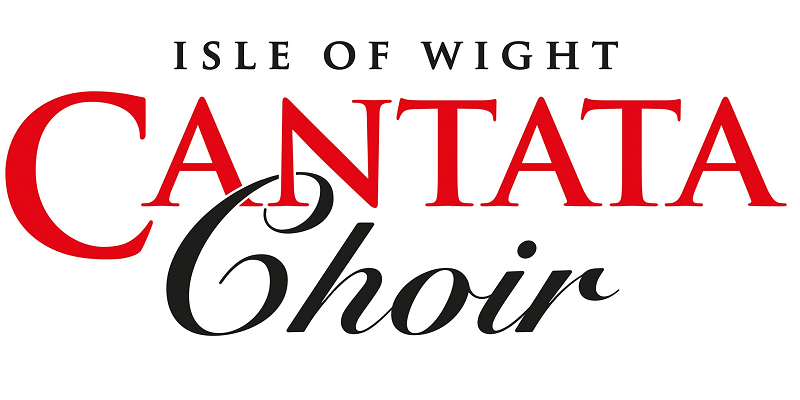The IW Cantata Choir gave a memorable concert at Medina Theatre, on October 19, featuring the first performance on the Island of Verdi’s Four Sacred Songs (Quattro Pezzi Sacri), a complex and difficult piece to sing, which included two unaccompanied movements and double chorus.
During the first half, the choir performed Rossini’s Stabat Mater in an operatic manner, greatly enhanced by four excellent soloists, Laurie Ashworth (soprano), Sarah Pring (mezzo-soprano), James Edwards (tenor) and Simon Thorpe (baritone).
The orchestra was also outstanding under the baton of Rachel Tweddle.
The solid start to the Rossini reminded us of the solemnity of the words, in contrast, at times to the operatic style of the music.
After the introduction, there were two beautiful solo movements, a pleasing tenor aria followed by a well-sung duet between soprano and mezzo soprano.
In Pro Peccatis, the stirring baritone solo interacted well with the choir and the unaccompanied men’s chorus in Eia Mater was handled well.
The full complement of the soloists was employed in an operatic ensemble in Santa Mater and this was followed by another beautiful mezzo soprano solo.
There was an impressive solo choir section in Quando Corpus before choir, orchestra and soloists came together in a well- rehearsed Amen in the final movement.
Overall, one felt full justice to this important work had been done.
A near contemporary of Rossini, Verdi wrote Four Sacred Songs during the 1890s, near the end of his life. The works were written as separate pieces but are nearly always performed together.
Without the “cover” of brilliant soloists, this was perhaps a more ambitious work to perform than the Rossini but the cantata choir succeeded in giving an excellent performance.
The solemnity of the words was well brought out in Ave Maria; it was well done due to the operatic nature of most of Verdi’s work.
In Stabat Mater, the chorus and orchestra produced some stirring music, making this a dramatic work, which was enjoyable to listen to.
A change of mood came in Laudi Alla Vergine and was sung by an impressive women’s double choir in a loving hymn of praise to the Virgin.
The final piece, and perhaps the most impressive, was to words from the Te Deum, expressed in hauntingly beautiful music. It included a full operatic march section, also with double chorus, and was well interpreted by both choir and orchestra.
All in all a thoroughly enjoyable evening of sacred music.
By Suzanne Pert, IW County Press. Friday, October 25, 2013

